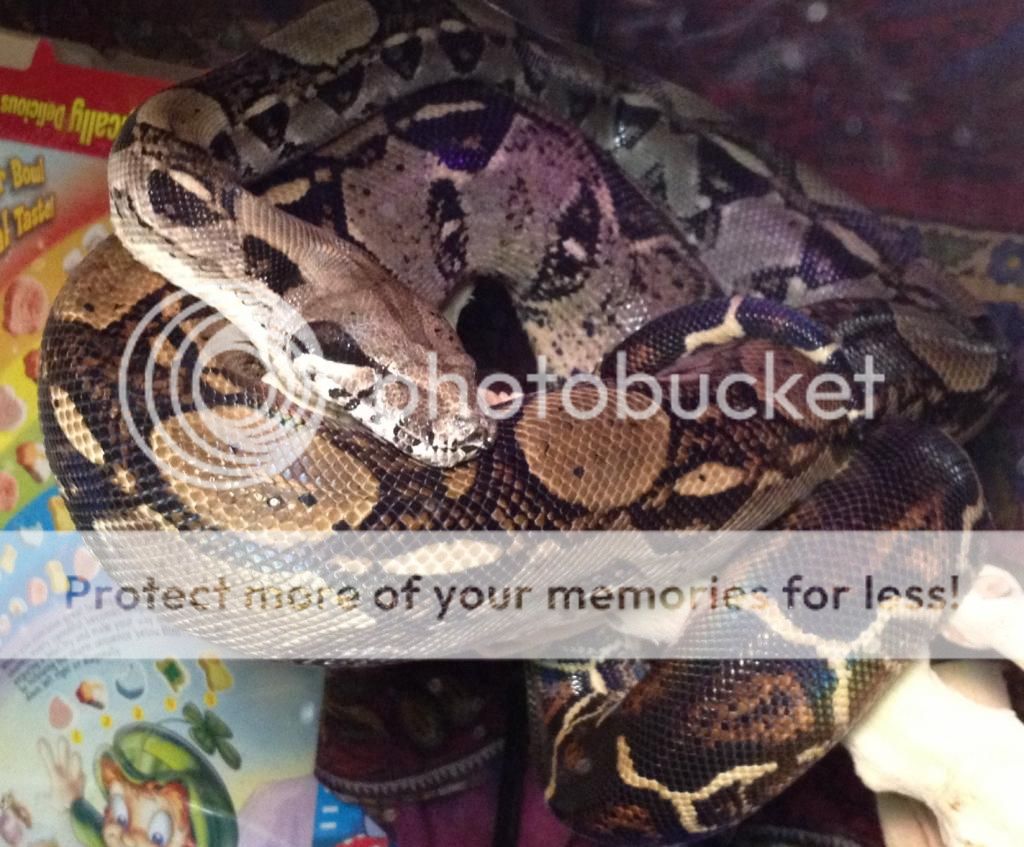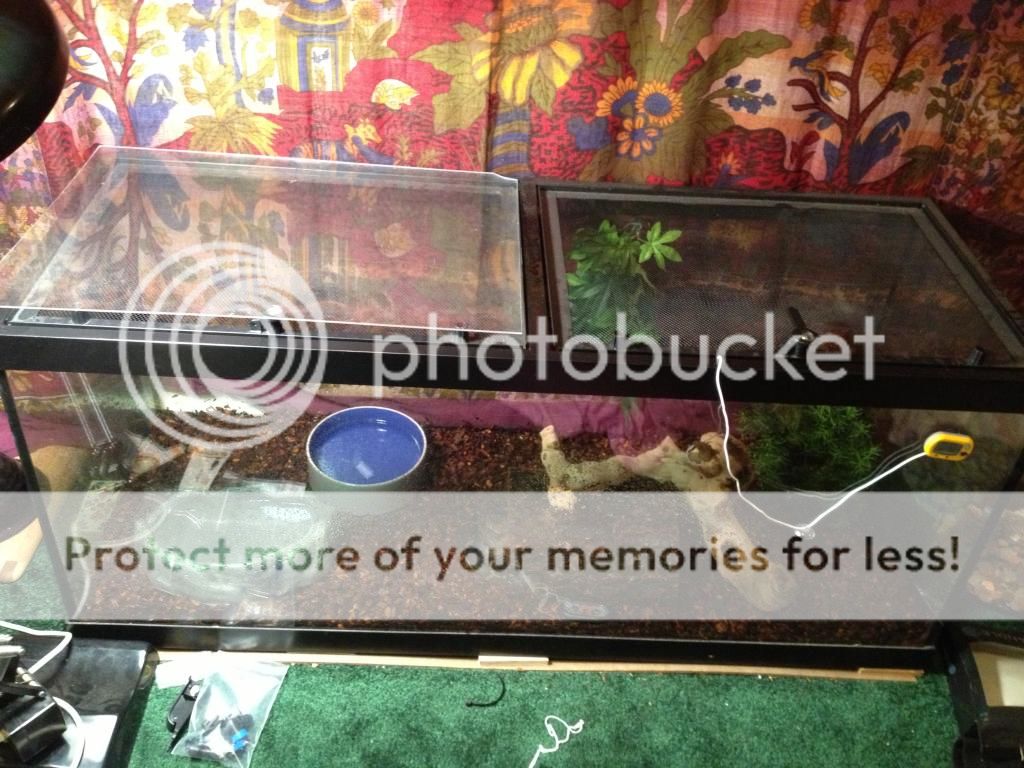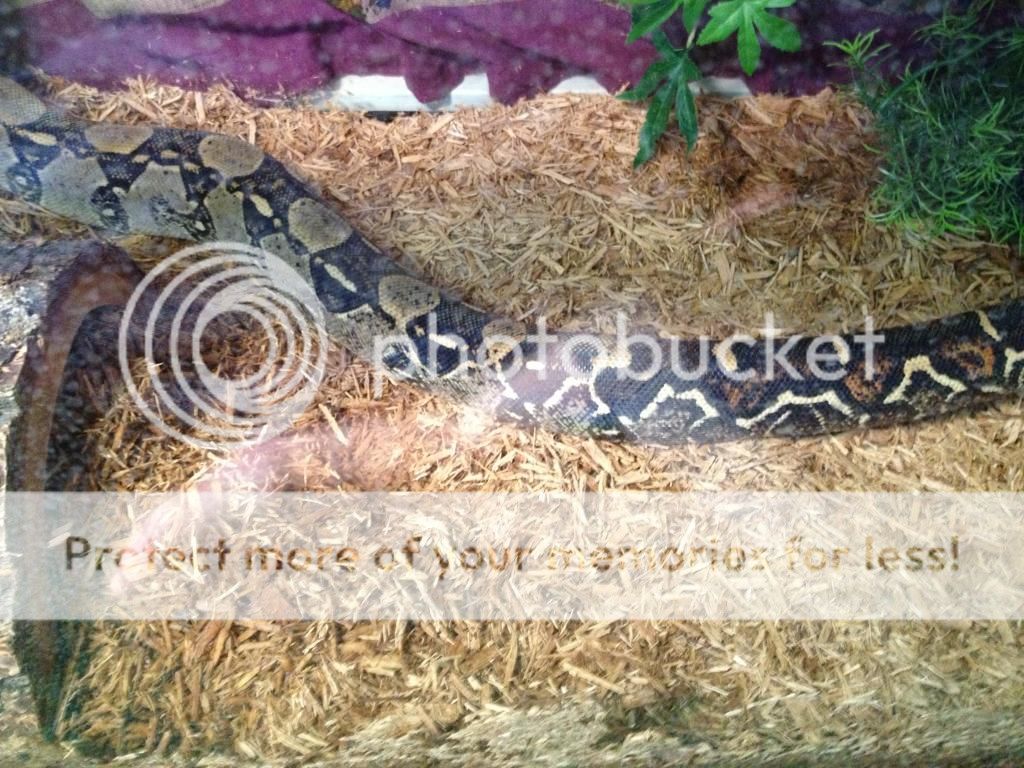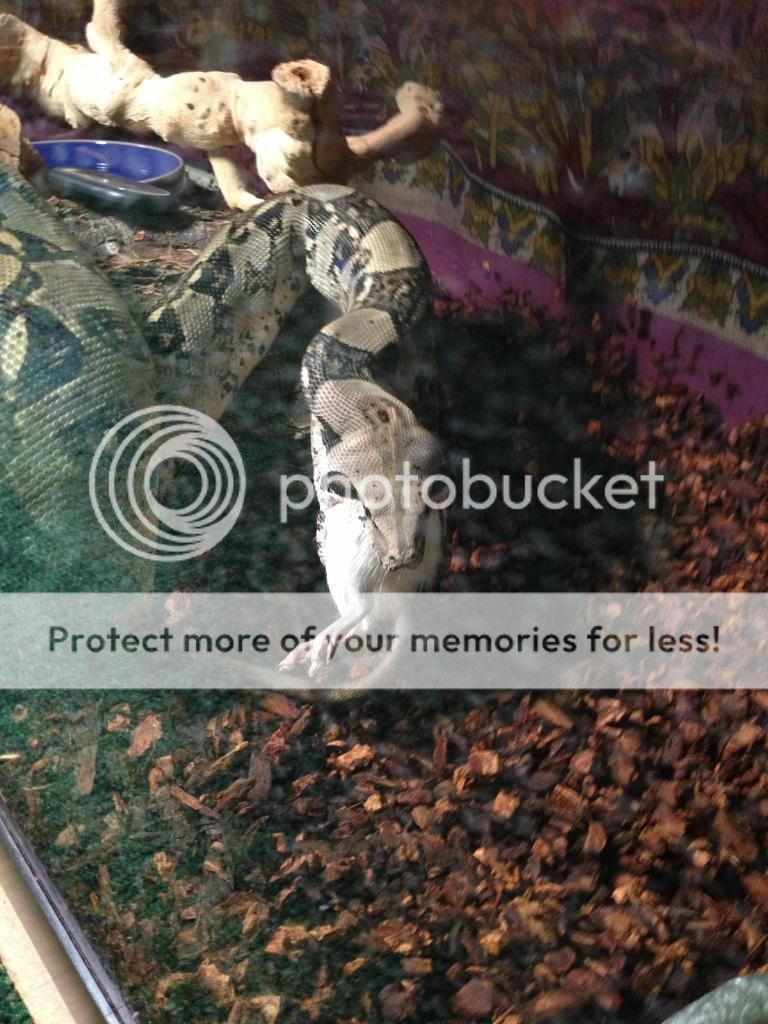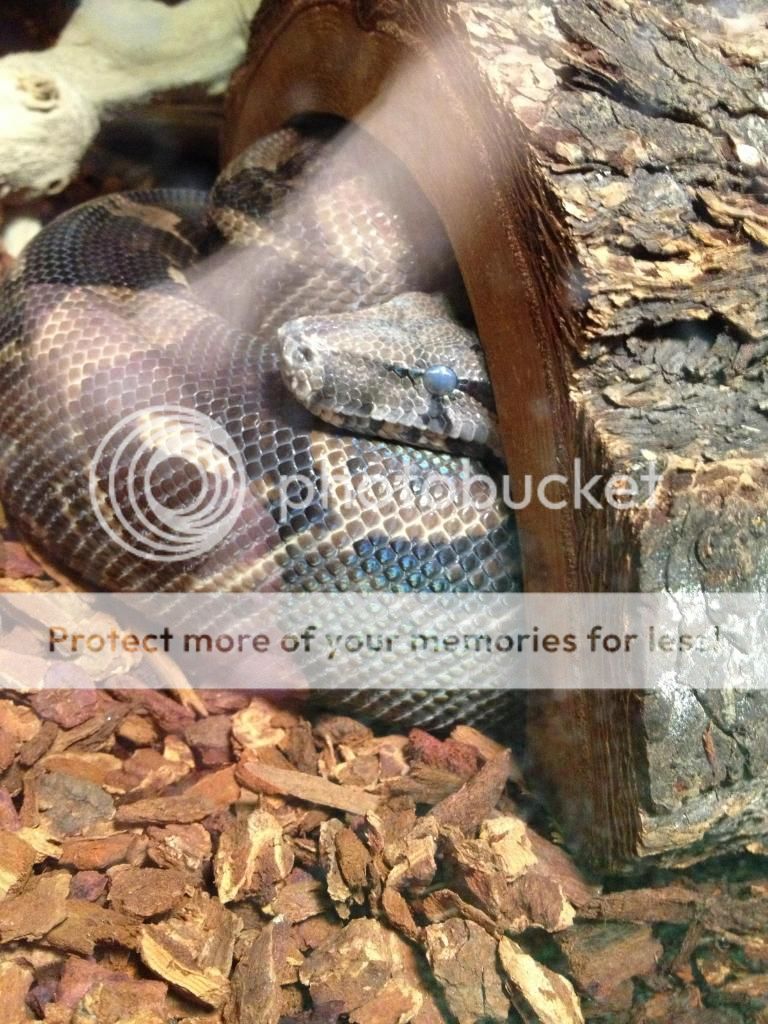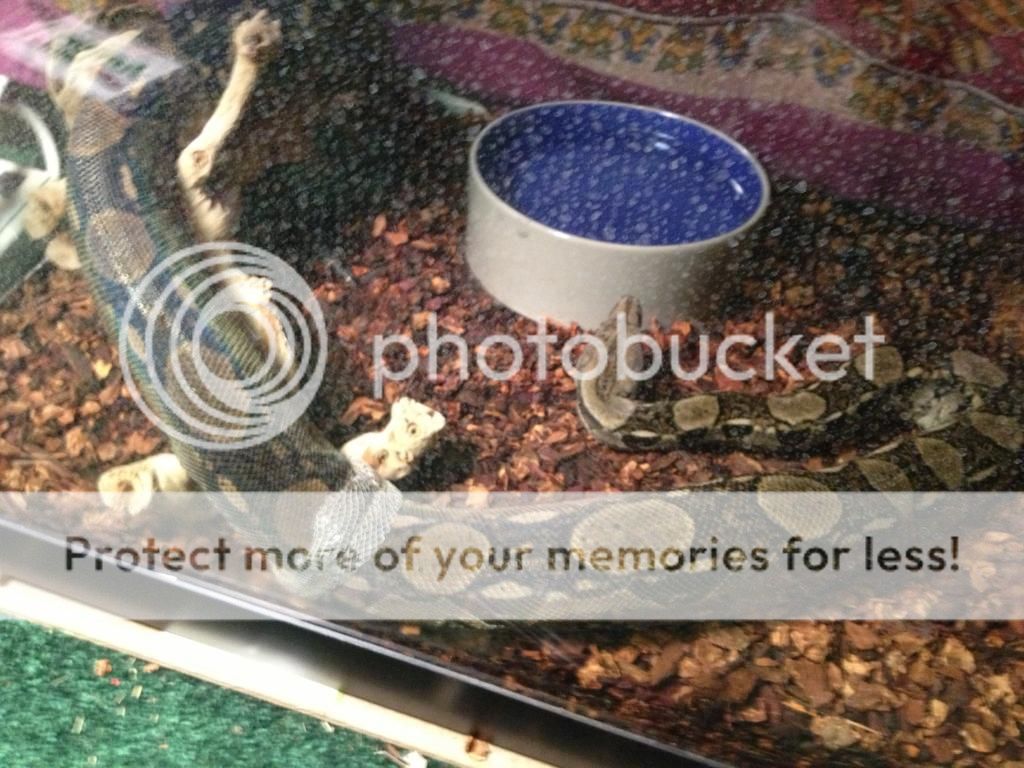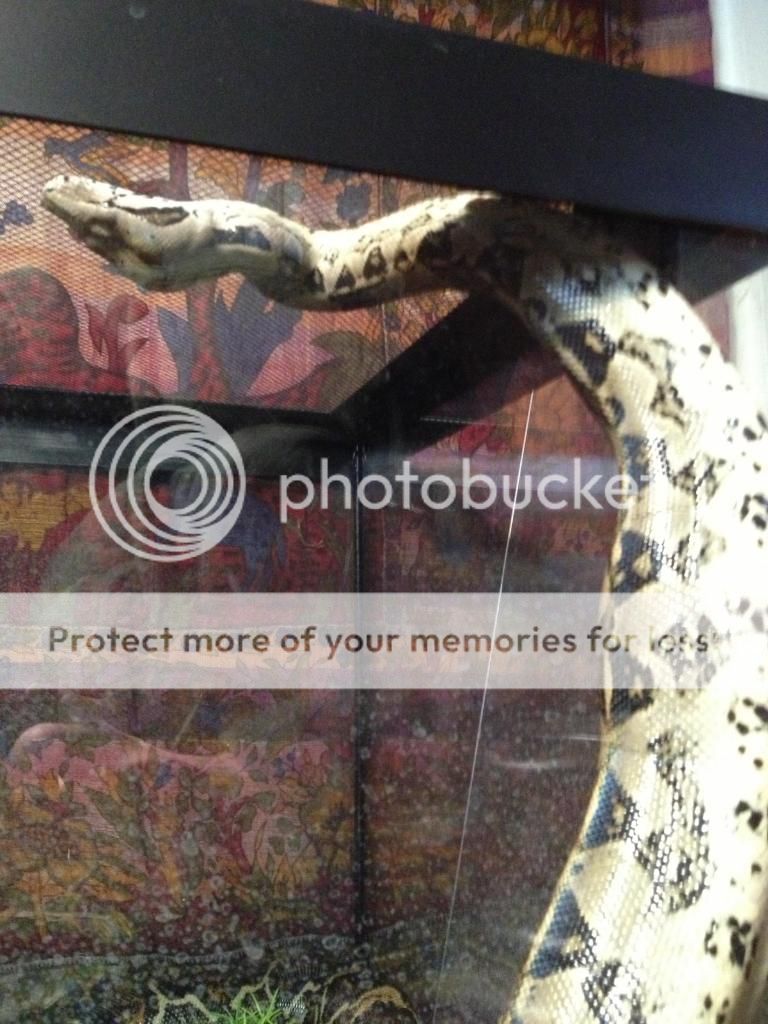TiffanyMariexo
New Member
So my fiancé likes snakes ... I'm not so much a fan :| but he wants a Central American Boa for his birthday , anybody know what I need ?? Looking for a check list of requirements for the set up. I need to buy it all and hide the snake temporarly at my dads so on all on my own for this. Please help !

